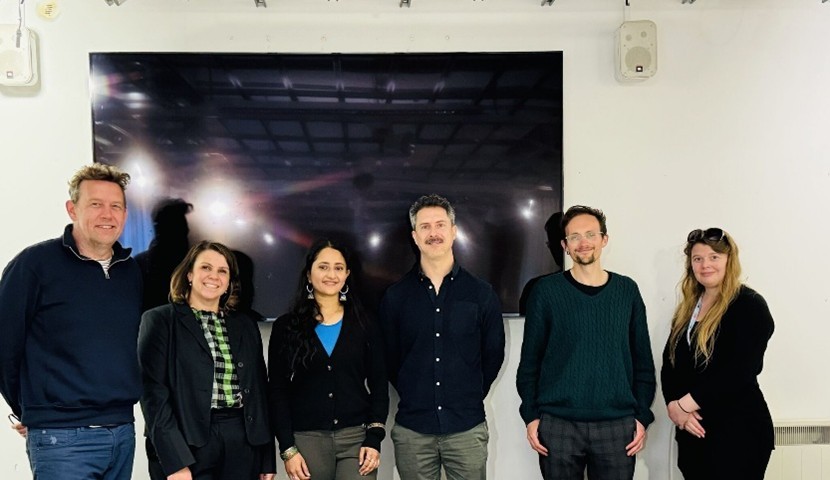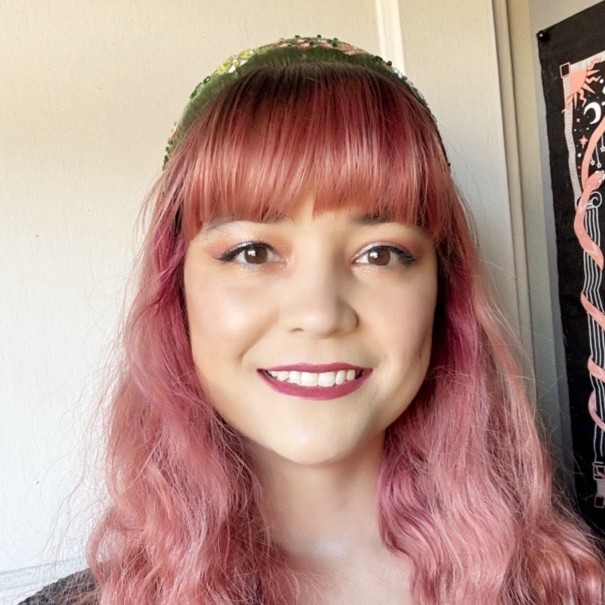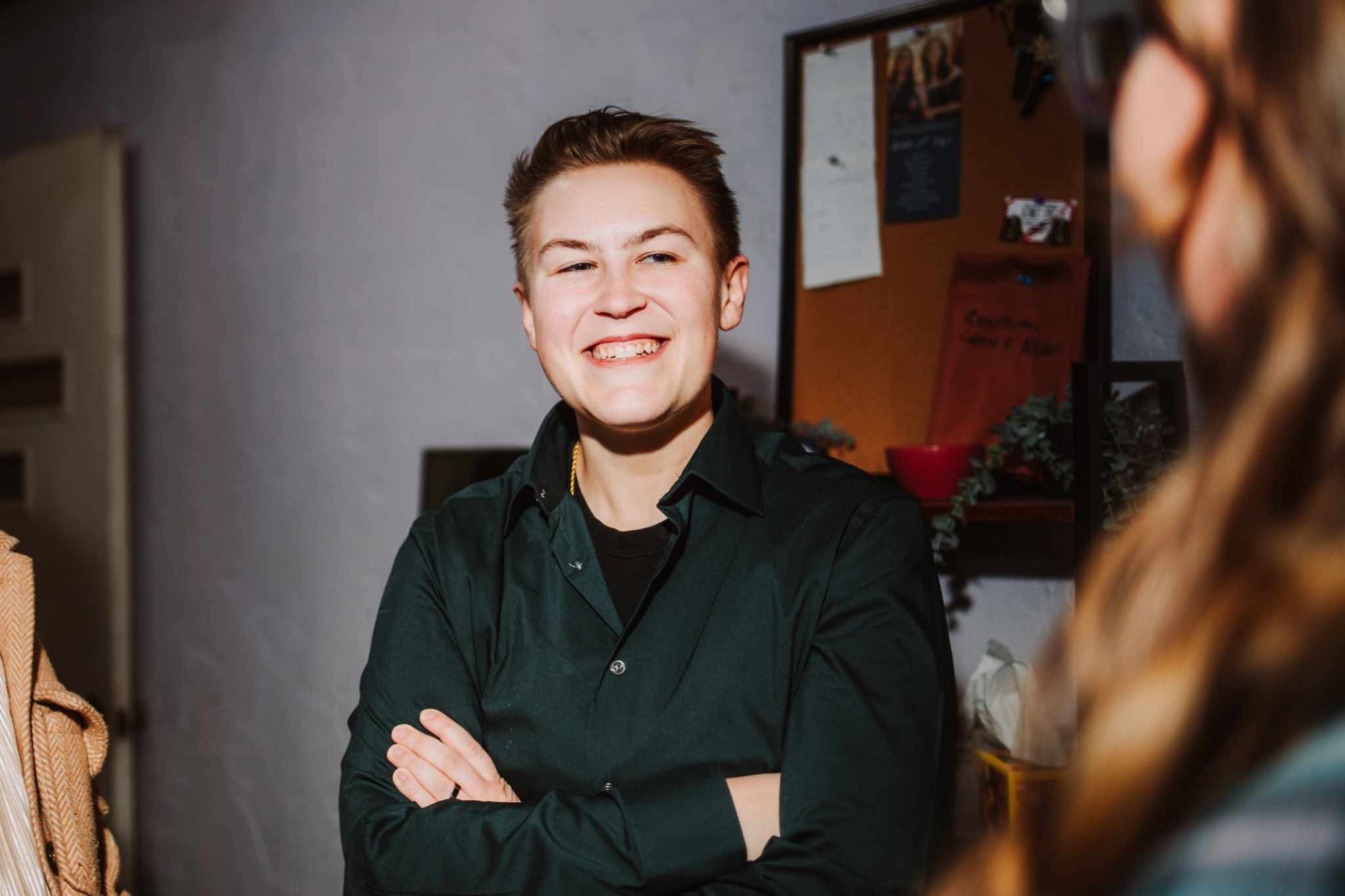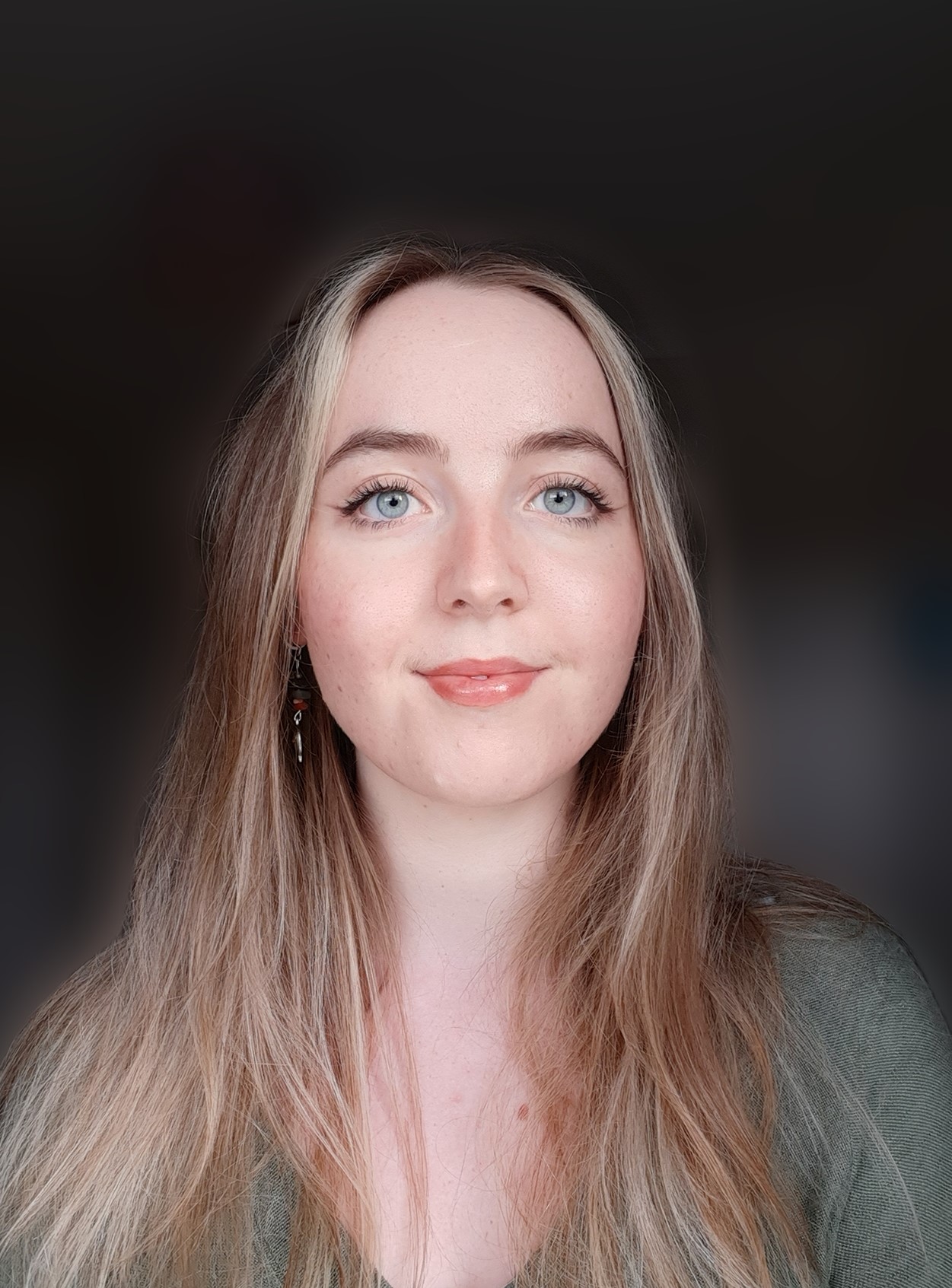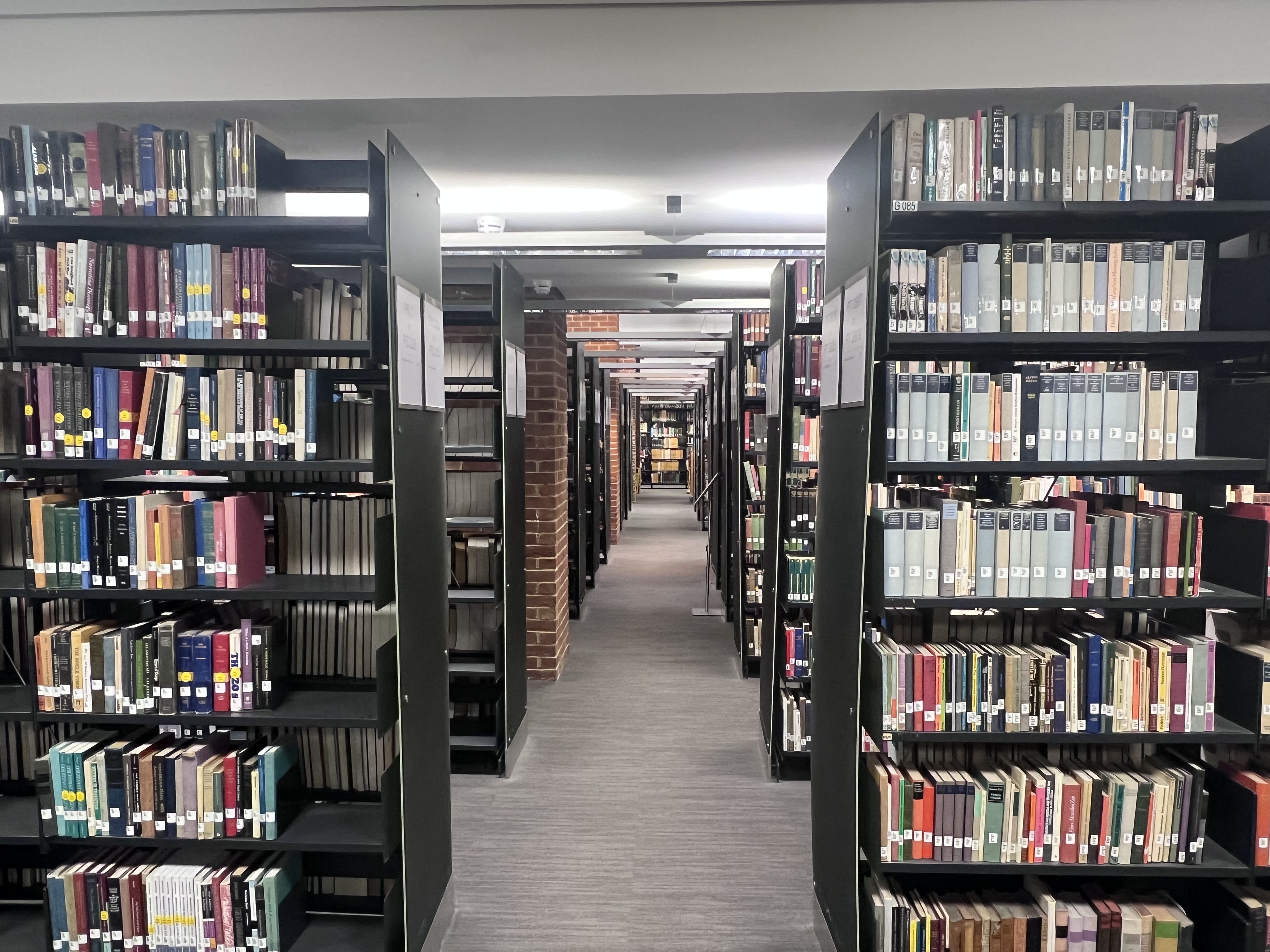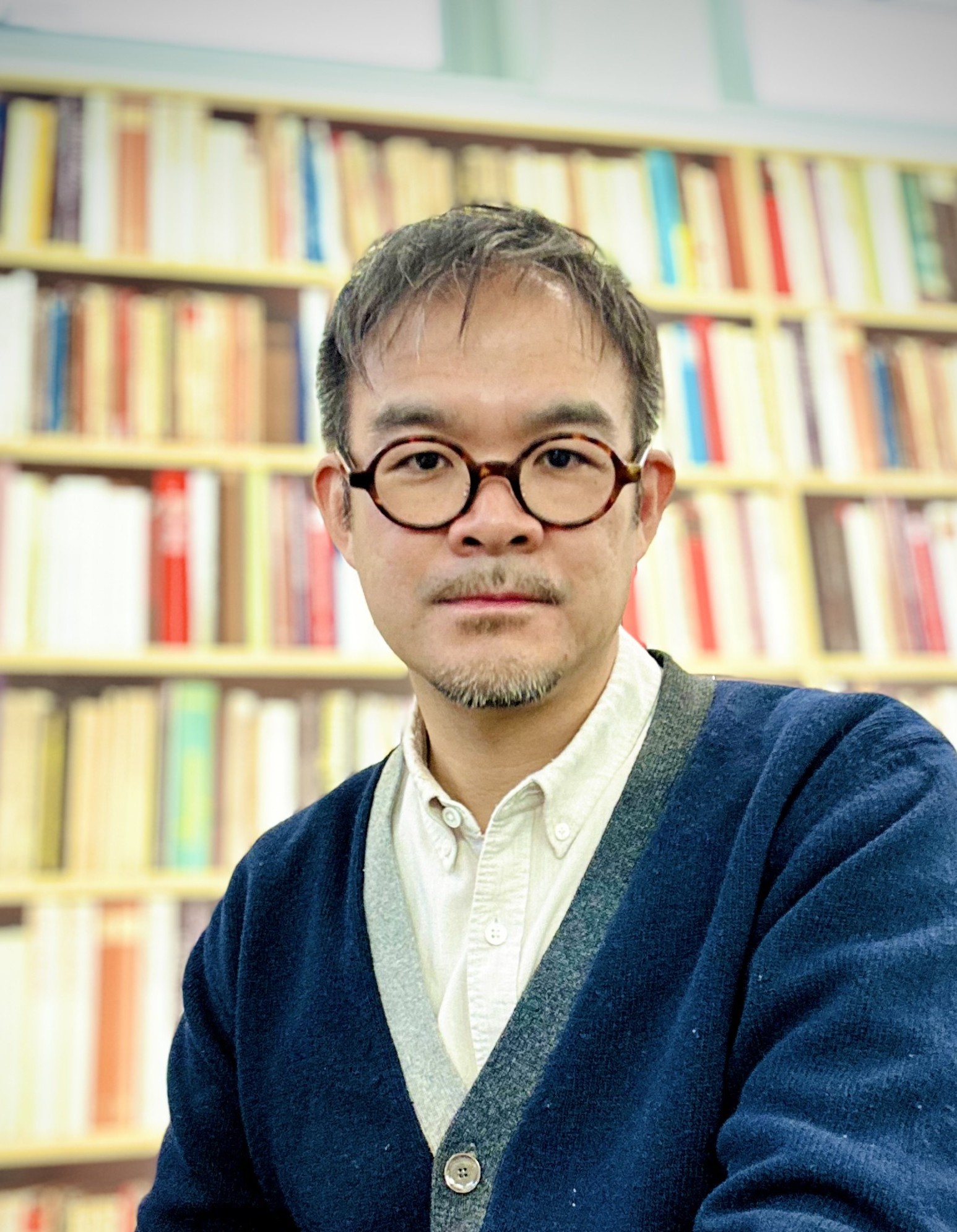This May, I had the privilege of delivering a talk at the University of Sussex organised by the Hive Scholars and the Author Marketing Team. The talk in question was a session on the ‘Demystifying the Publishing process’, part of the ‘How to Do Research and Get Published Webinar Series.
On the sunny morning of the 8th of May, I travelled down to Sussex. I had the opportunity to look around the campus, noticing the adorable market stalls before making my way up to the library. A tour of the library included the chance to visit the Sussex Research Hive, which is supported by Sage. It’s always surreal to see the many impactful ways in which Sage collaborates and uplifts the research community.
The session, aimed at postgraduate scholars, was a whistle stop tour of the entire publishing process. I presented my best tips and tricks for submitting a paper, in addition to the glowing advice from our previous webinars and answered questions in the FAQ.
I started with a quick overview of the typical author journey, as well as the questions to ask oneself before starting research. Tips for getting started and choosing the right journal came next, and I elaborated on the criteria for qualifying for authorship. I then walked through key components of the publishing process, including article structure, references, reporting guidelines, and figure legends. We also covered writing style, image editing and quality, and highlighted common mistakes to avoid. I explained the process of submitting a manuscript and what to expect during peer review. Additional topics included common reasons why papers get rejected, how to handle rejections and revisions effectively, and the process and benefits of conducting peer review.
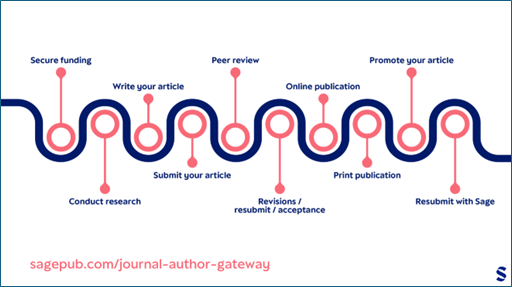
This chart illustrates a timeline of the typical author journey, moving from the early stages of securing funding and conducting research all the way through peer review and publication.
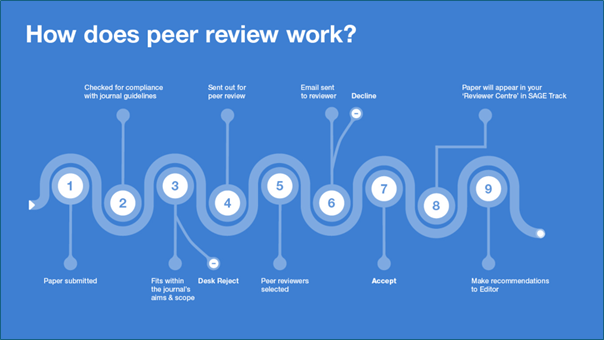
The overall peer review process.
The other speakers on the panel included Peter Newell (Professor of International Relations, University of Sussex) and Ahmad Ali Shariati (PhD Candidate in Law at University of Sussex). Hearing their anecdotal advice to postgraduate scholars was fascinating, and it was great to hear about the publishing process from the perspectives of authors themselves.
I wrapped up the presentation with four publishing tips for authors to take home:
1. Check the scope of the journal before submitting the manuscript to see if it's the right home for your article. You can also request journal staff to scope check your article before submitting
2. Look out to see if your manuscript is in scope for any Special Collections – it may help with showcasing the article once published!
3. Have an online presence – having a verified ORCiD page, Web of Science and/or Loop profile and even LinkedIn can be helpful for visibility
4. Include a cover letter: indicate why you think the manuscript is suitable for the journal readership. Indicate any special circumstances: submitting to a Special Collection/ invited submission/declare conflict of interest/purpose & summary of research
Overall, it was a great workshop and it a lovely opportunity to talk to budding prospective authors. I had the chance to explore the campus more after the talk, and a quick tour around Brighton before getting back to London.
For a more visual and concise summary of my experience, feel free to watch my vlog here.

As part of my role as a Managing Editor (managing Biomarker Insights, Cancer Informatics and Technology In Cancer Research & Treatment), my day-to-day schedule can really vary. As well as journal specific tasks, my role can include visiting conferences, and on this occasion, delivering talks on publishing research. The versatility is one of my favourite aspects of the role, as it could range from involvement in the peer review process to strategizing for journal growth, or networking with the research community. You can read more about what the managing editor of a journal does, here , and connect with me on LinkedIn or Bluesky here: Linkedin | Bluesky .

